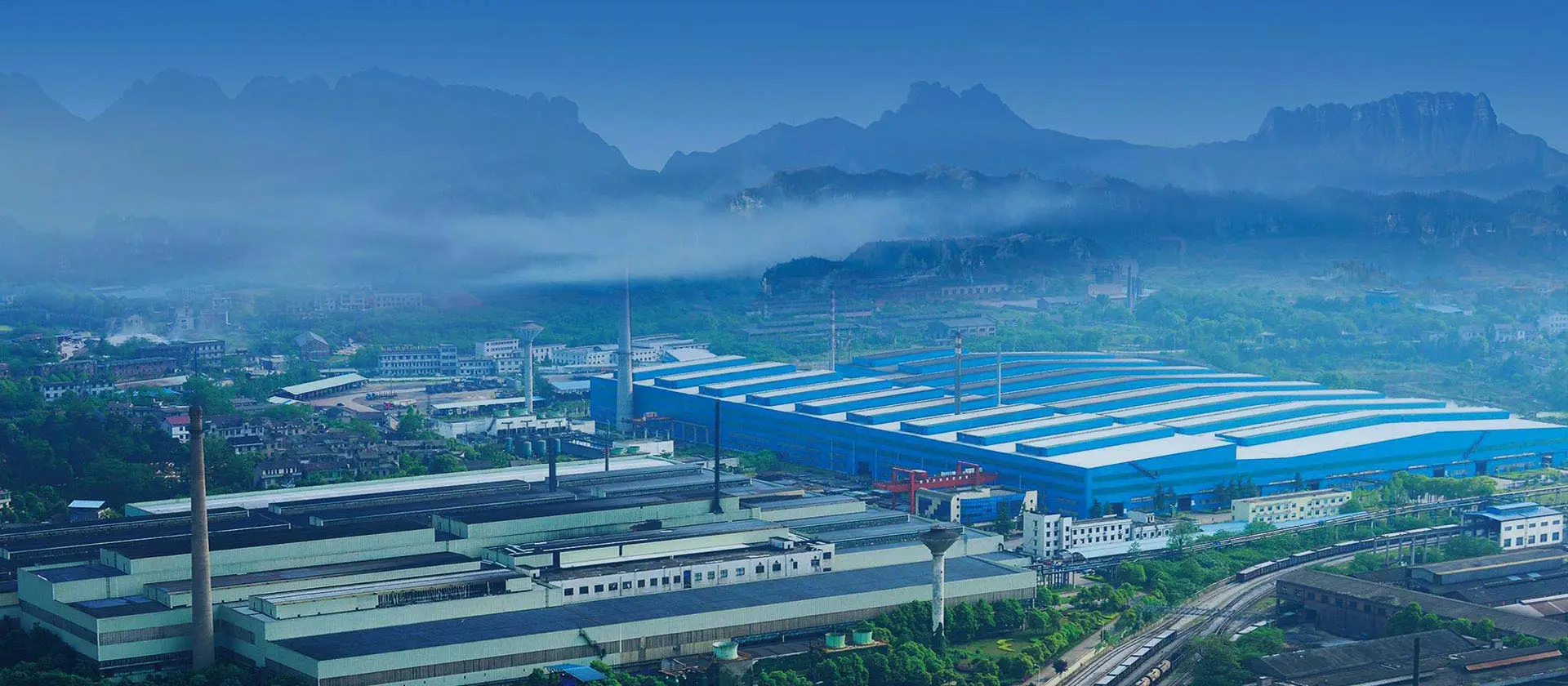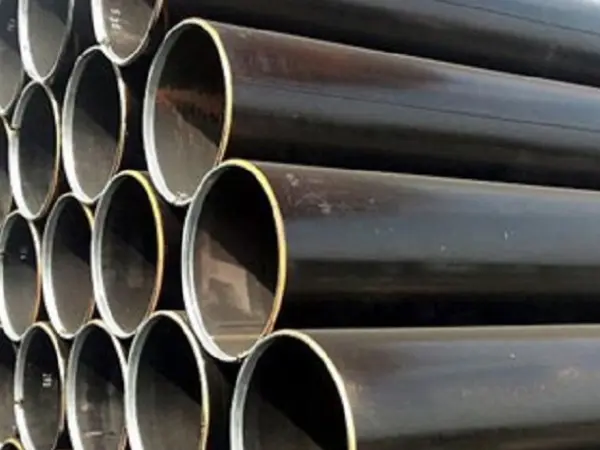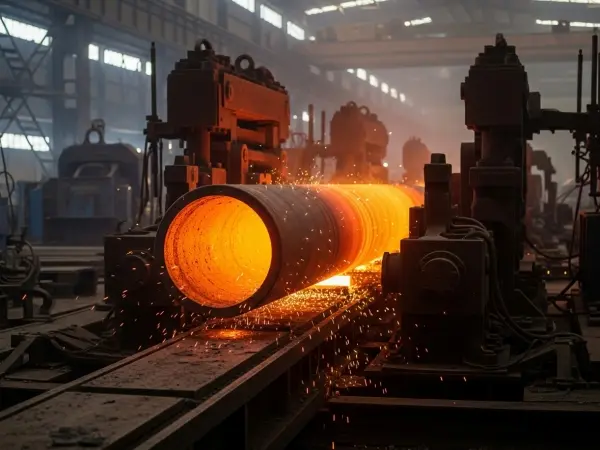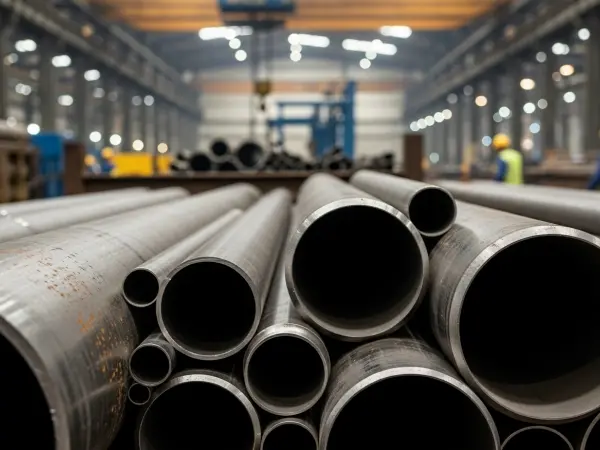
Hot rolled seamless steel pipes are widely used in industries such as oil and gas, construction, and mechanical engineering due to their high strength and durability. However, during the manufacturing process, defects like external folding and indentation may occur, affecting product quality. Understanding the causes of these defects is crucial for improving production efficiency and product reliability.
External folding in hot-rolled seamless steel pipes can appear in various forms:
1. Triangular, double-line, or single-line folds on the pipe surface.
2. Continuous or intermittent stitch-like folds along the longitudinal surface, sometimes staggered at 60°, 120°, or 180°.
3. Spiral-shaped folds along the pipe’s outer surface.
4. Dotted or short-slanted folds in the longitudinal direction, sometimes forming two or three lines at 120° intervals.
1. Billet defects – Longitudinal cracks, severe inclusions, or shrinkage holes in the billet lead to spiral folds.
2. Poor surface cleaning – Sharp edges or residual scales on the billet surface.
3. Equipment issues – Sticking in the piercing mill guide disc or scratches from the piercing mill outlet.
4. Cracked or damaged rolls – Defects in continuous rolling or stretch-reducing mill rolls.
5. Improper roll maintenance – Incorrect chamfering, overused rolls, or mismatched new and old frames.
6. Mechanical damage – Scratches or impacts during pipe transportation in the stretch-reducing mill.
7. Insufficient cooling water – Causes steel adhesion on the stretch-reducing rolls.
Indentations appear as irregular or patterned dents on the pipe’s surface, including:
· Nucleated, strip-like, or transverse dents
· Flaky, fragmented, or iron-chip-like marks
1. Metal adhesion – Sticking of metal debris on the stretch-reducing mill rolls.
2. Scarring or foreign objects – Pressed onto the pipe surface and later detached.
3. Hot pipe damage – Impact or scratches during high-temperature handling.
4. Mechanical contact – Damage from transfer devices or cutting equipment.
· General pipes:
o Wall thickness ≤8mm: Depth ≤90% of negative tolerance (max 1.0mm).
o Wall thickness >8mm: Depth ≤80% of negative tolerance (max 1.0mm).
· Boiler pipes: Depth ≤50% of negative tolerance (max 0.6mm).
· Oil casing pipes:
o S≥10mm: Depth ≤0.6mm.
o S<10mm: Depth ≤0.5mm.
To minimize defects like external folding and indentation in hot-rolled seamless steel pipes, manufacturers must ensure proper billet quality, equipment maintenance, and handling procedures. By addressing these issues, the production of high-quality hot rolled seamless steel pipes can be optimized for industrial applications.


